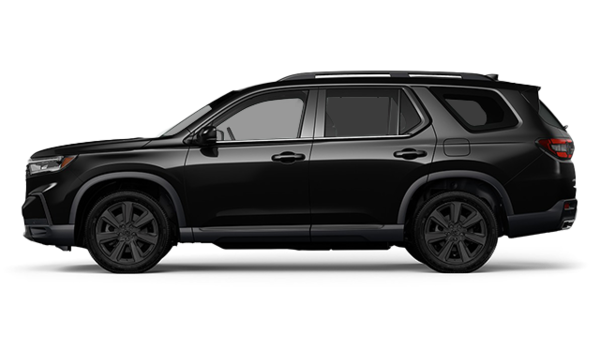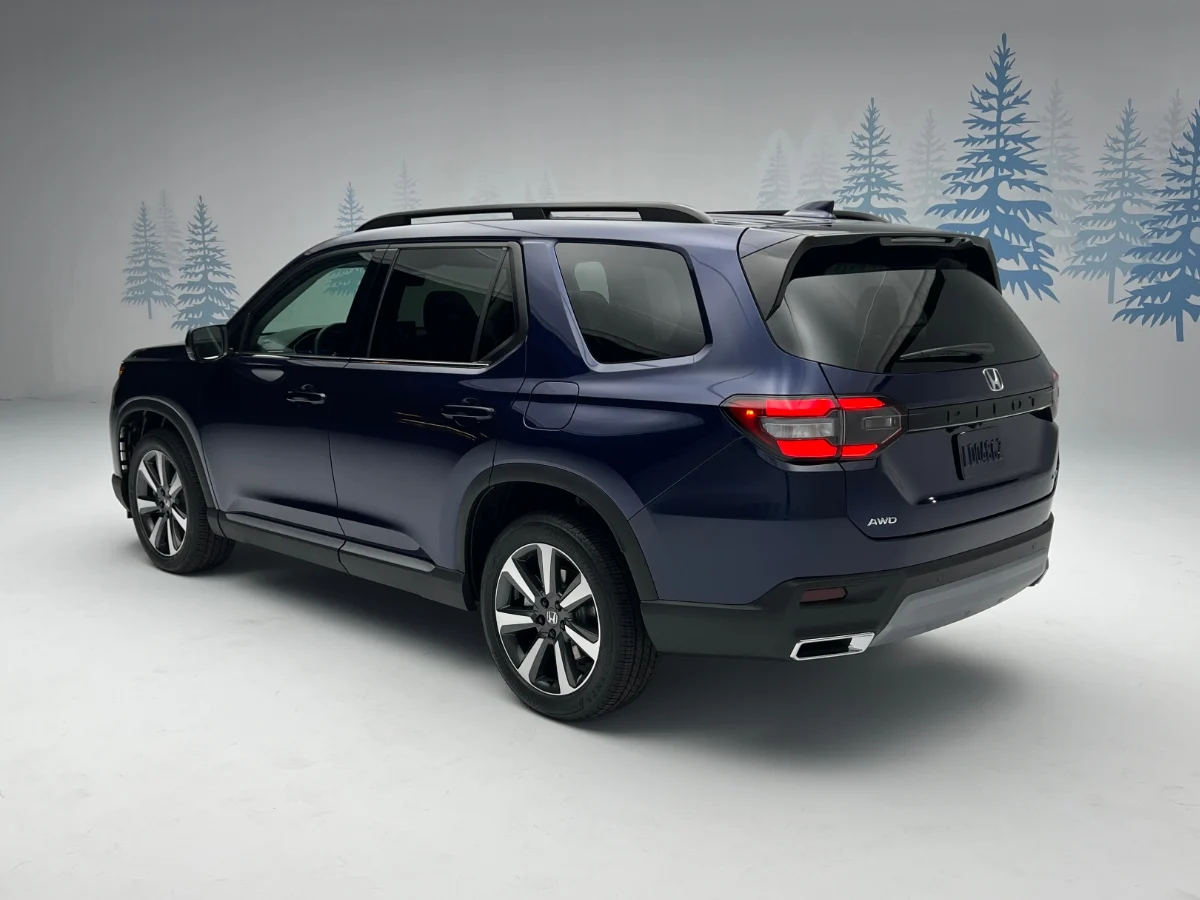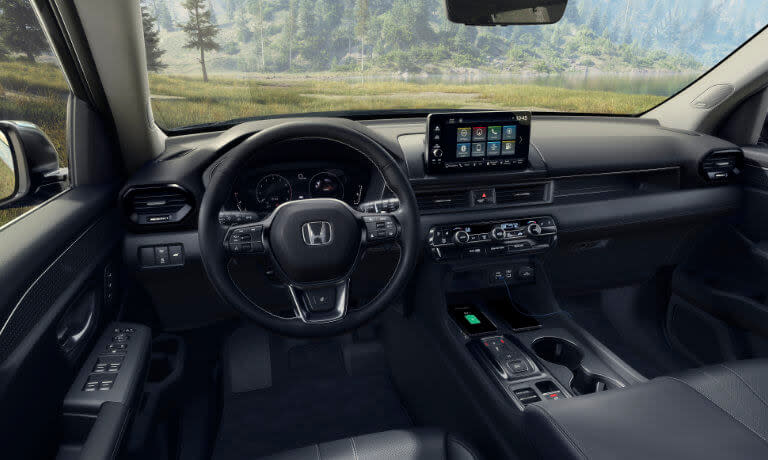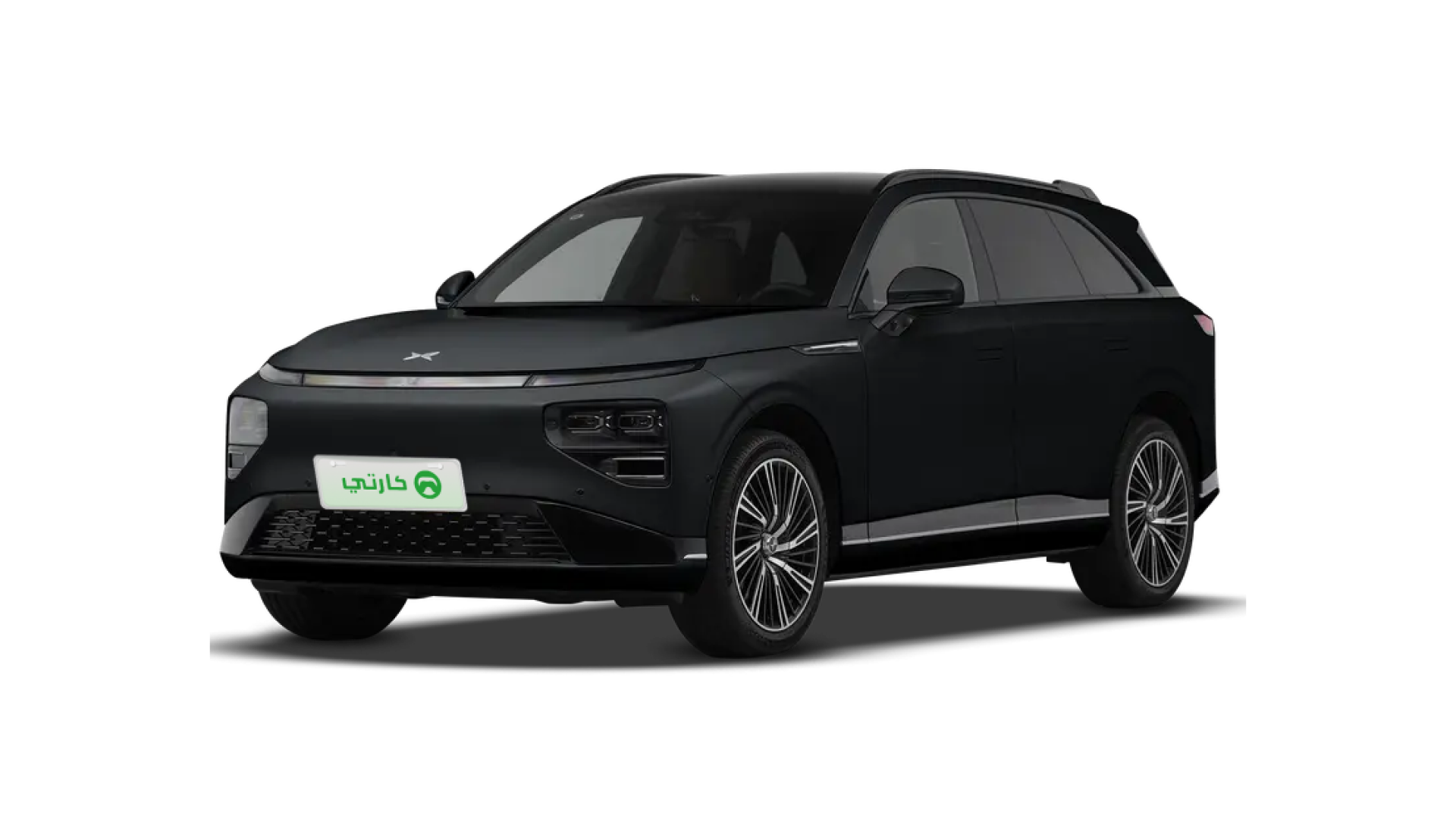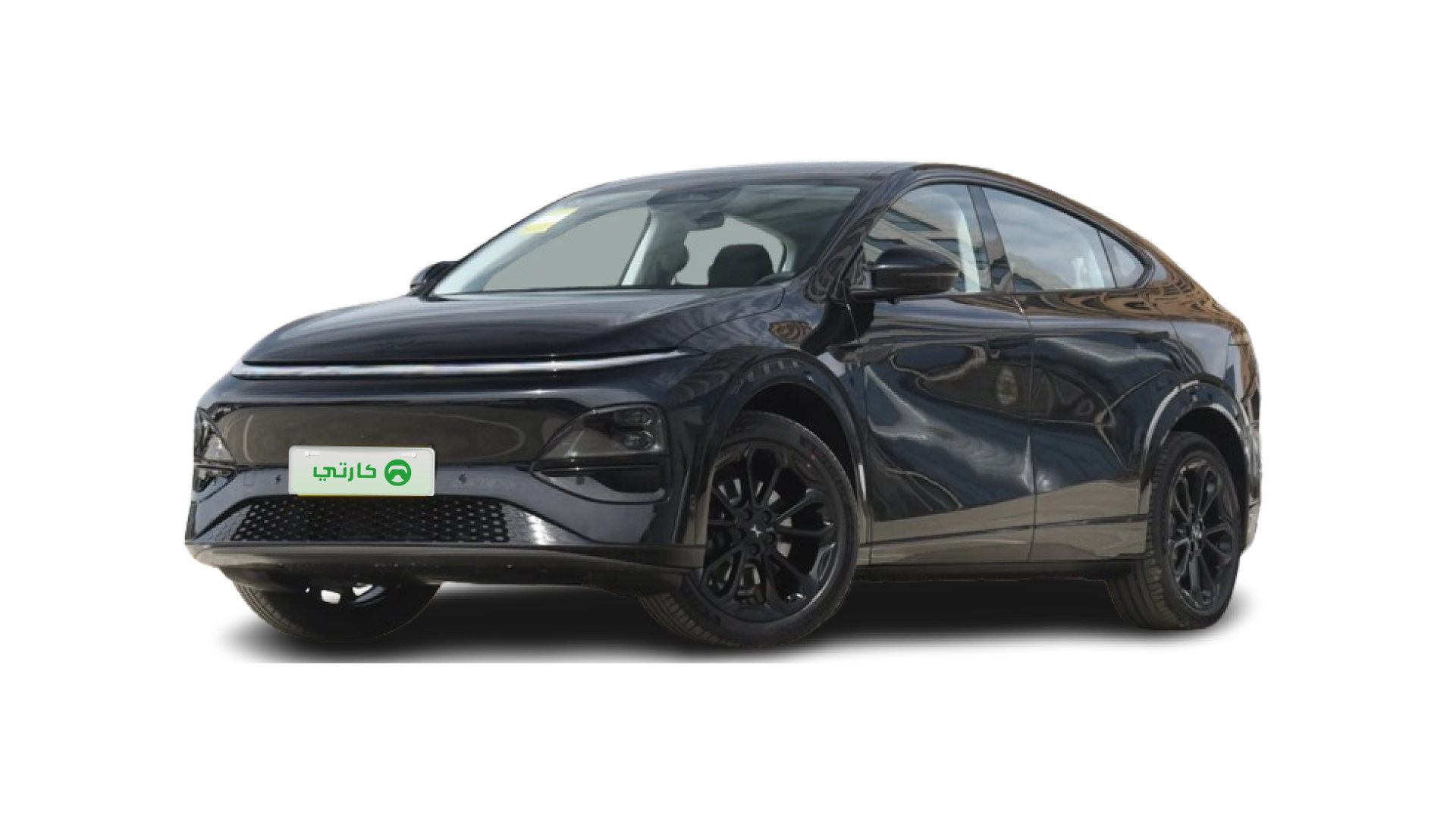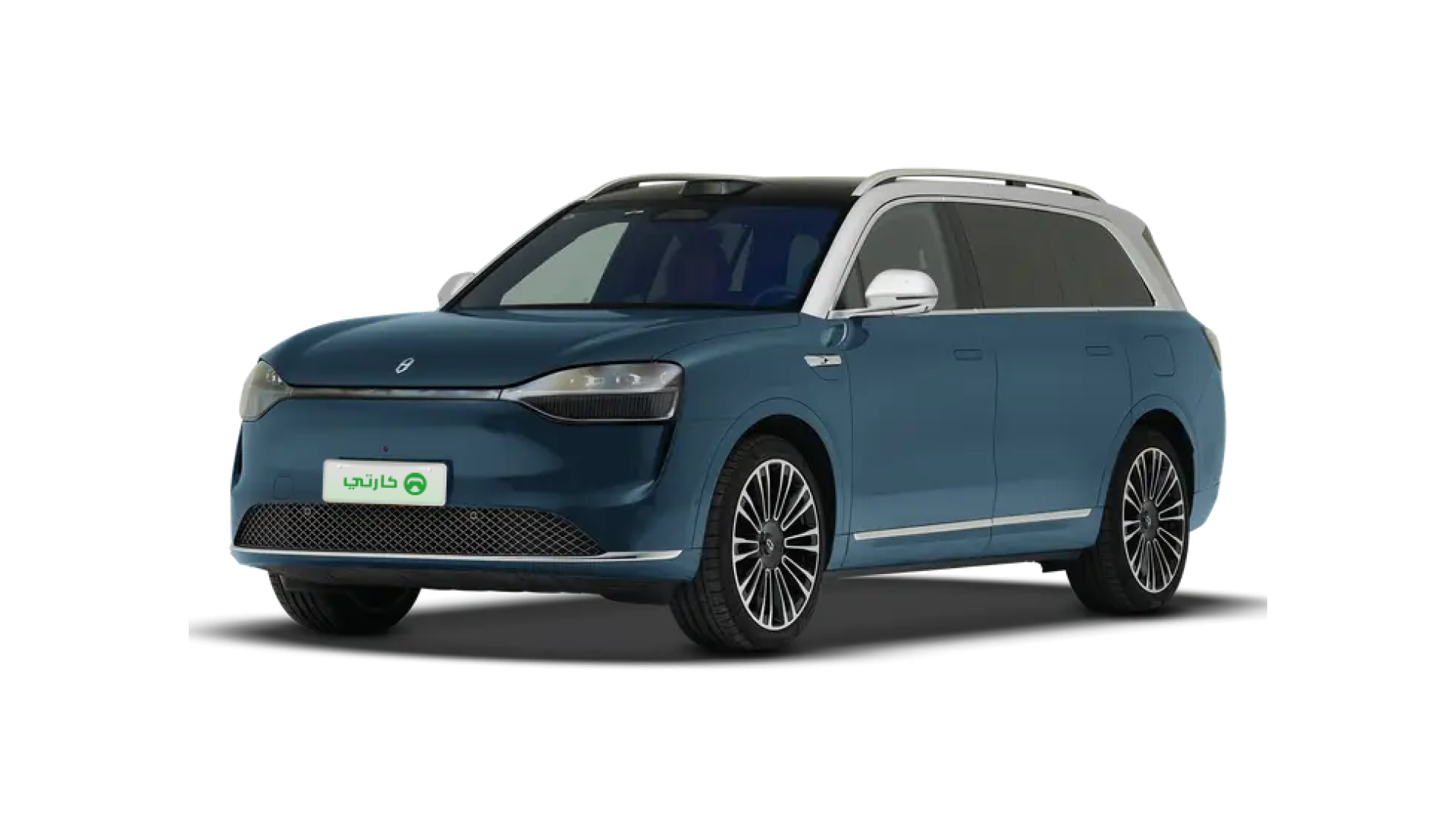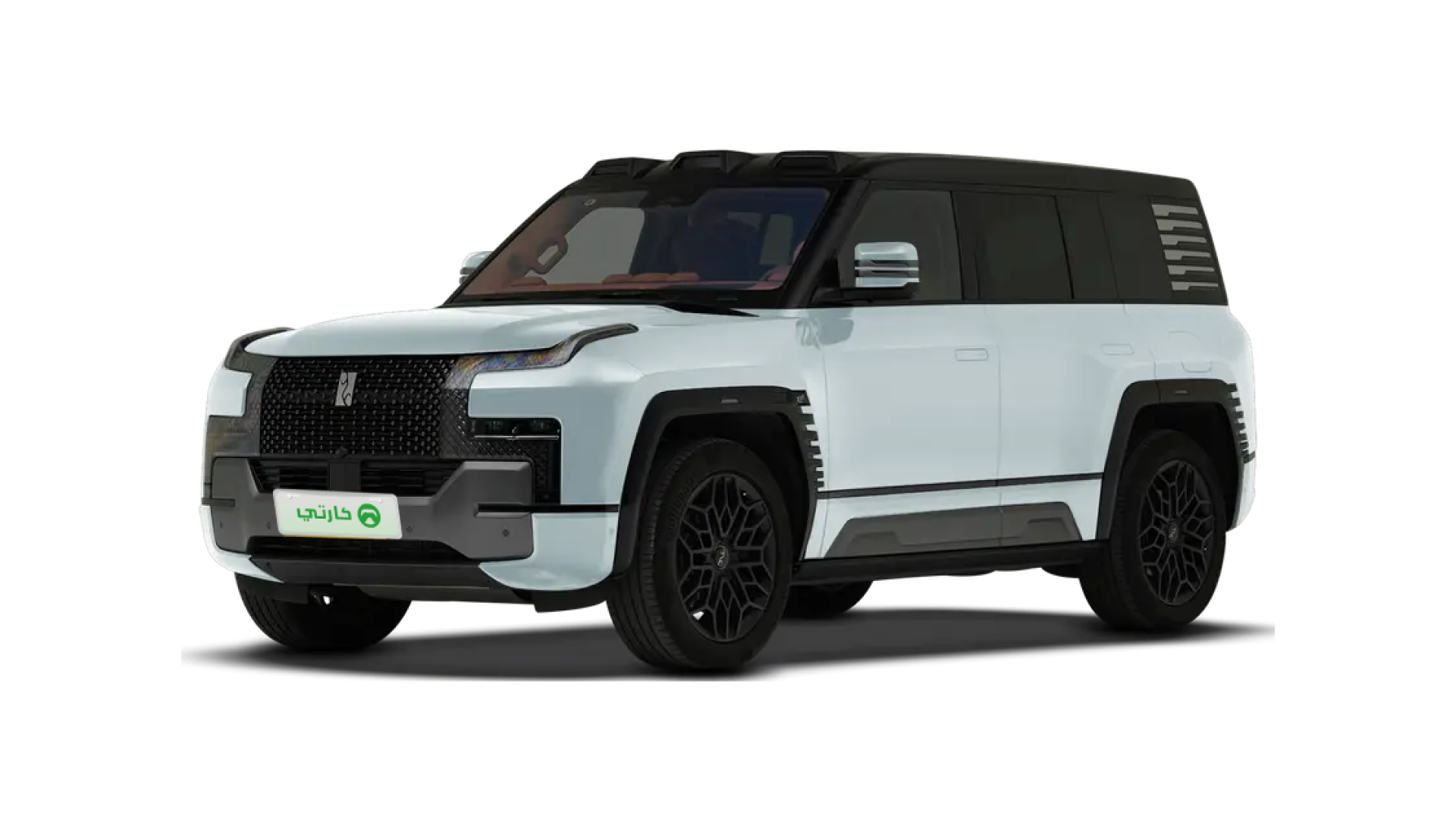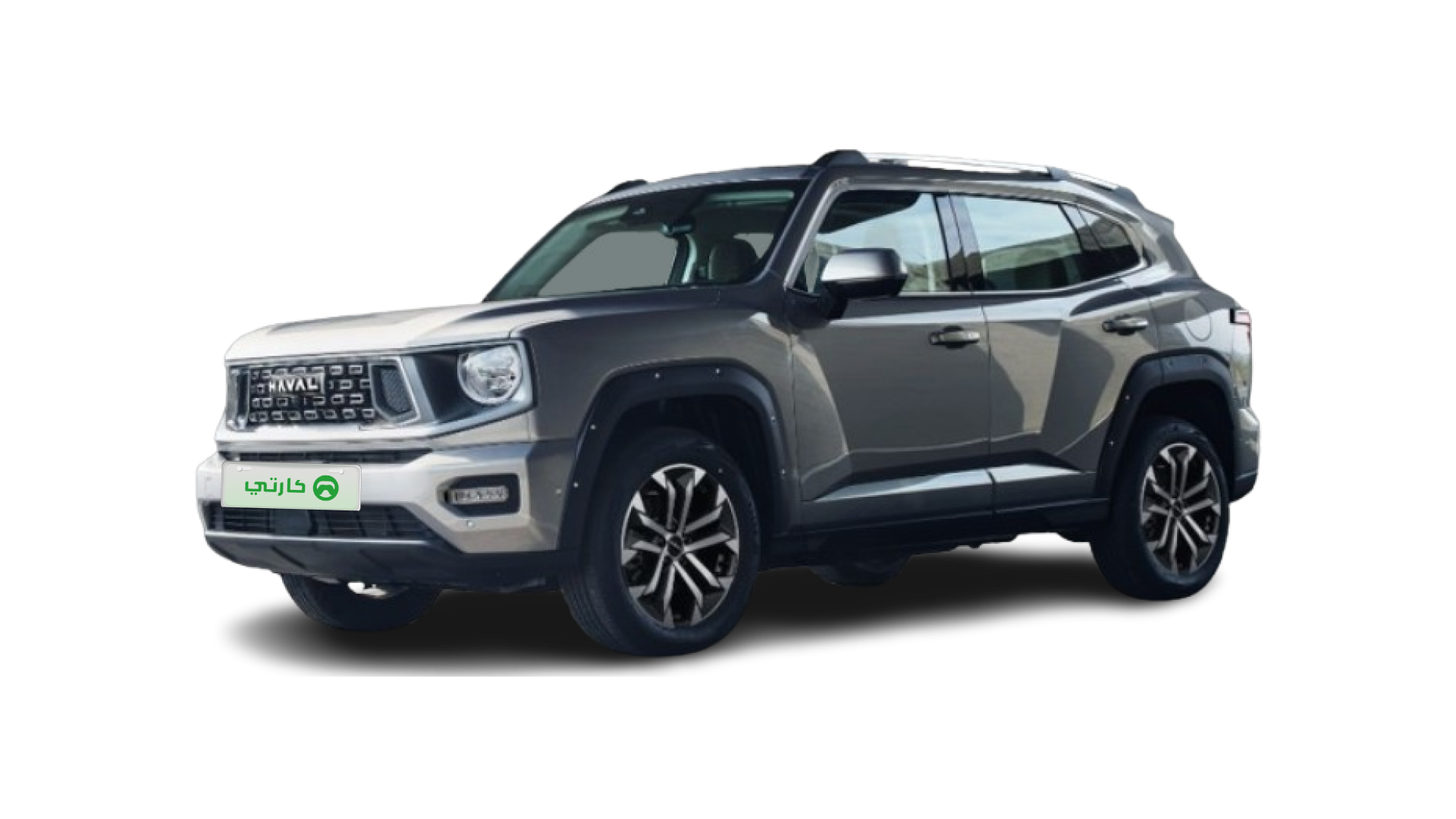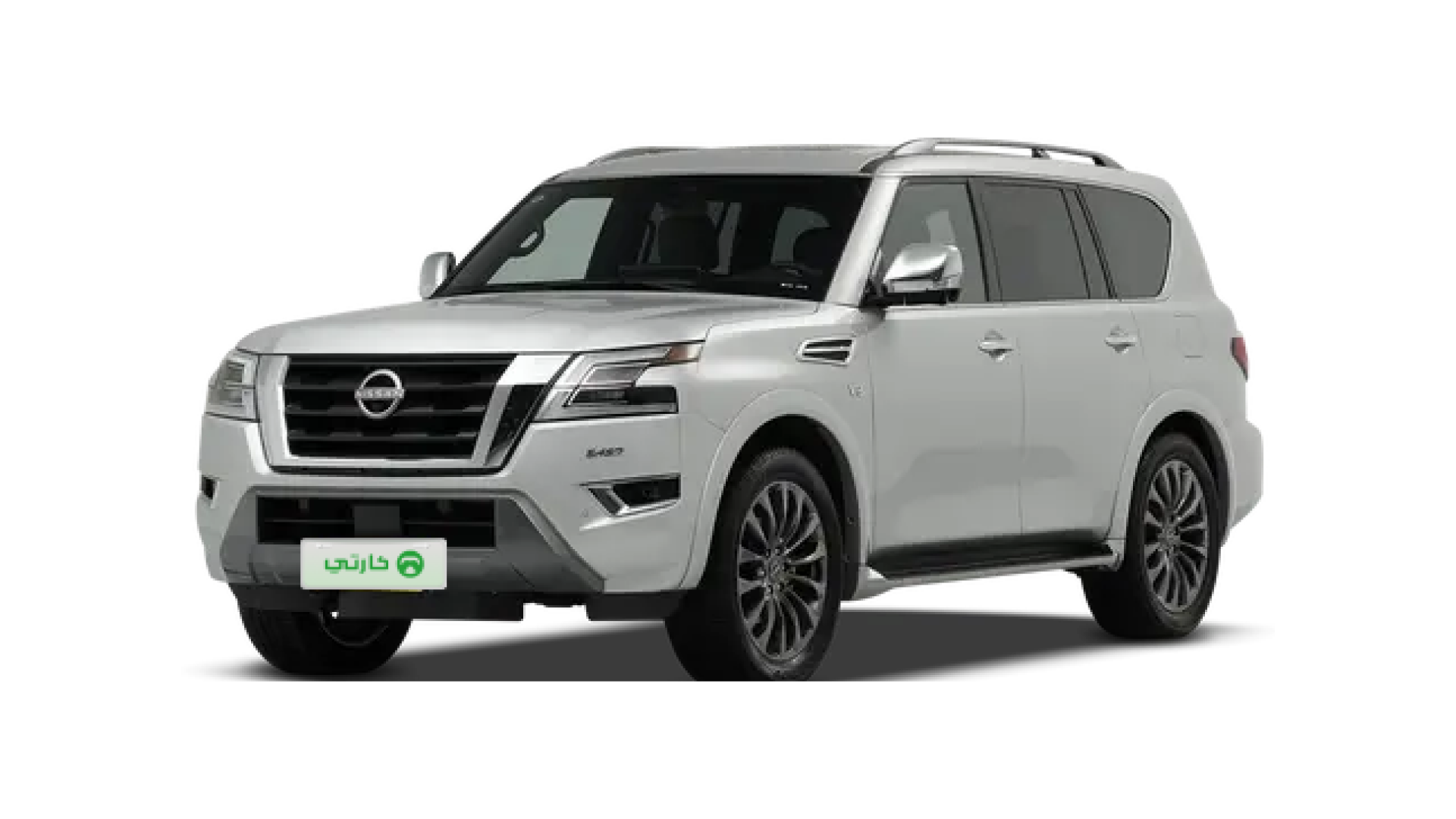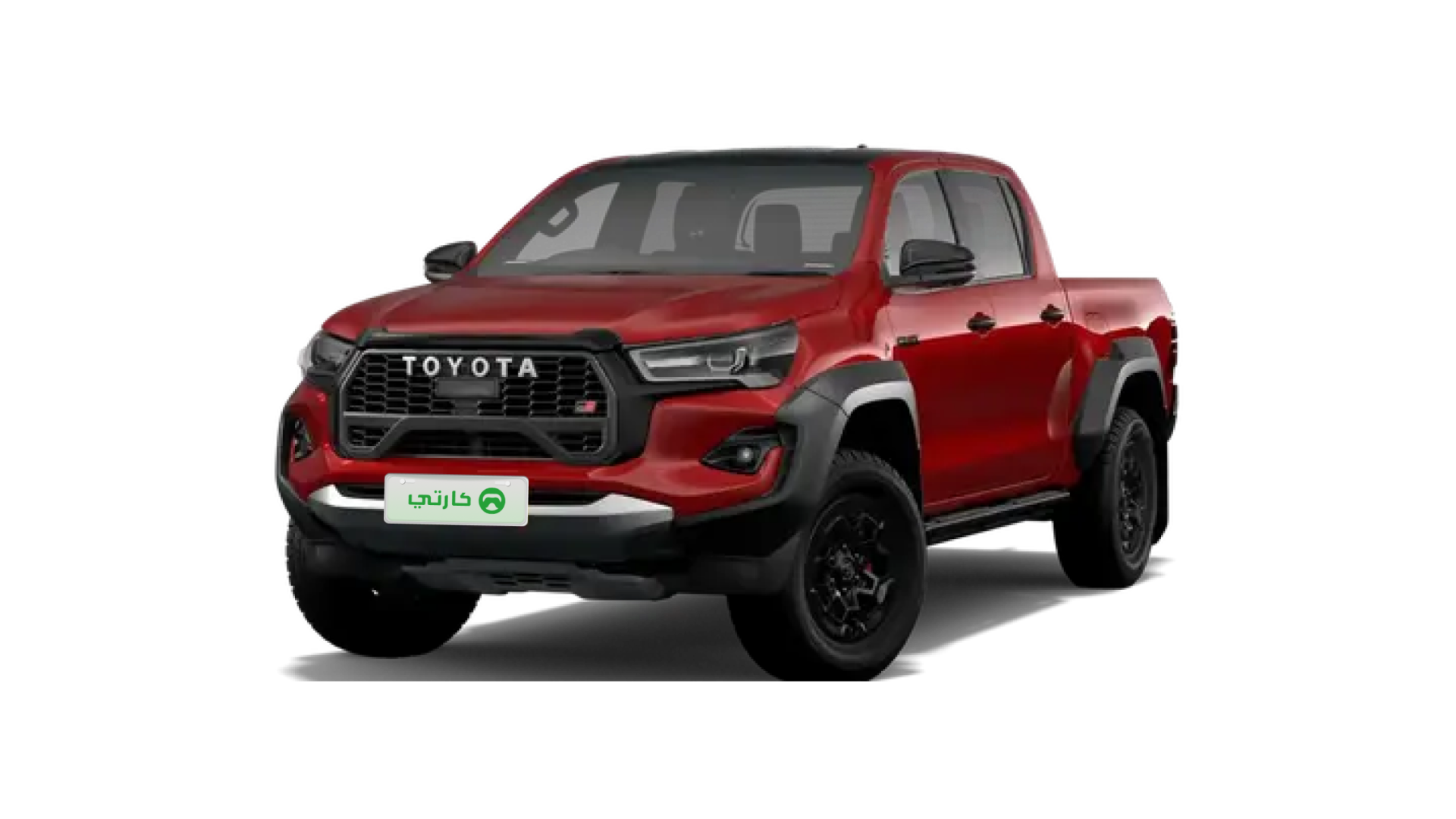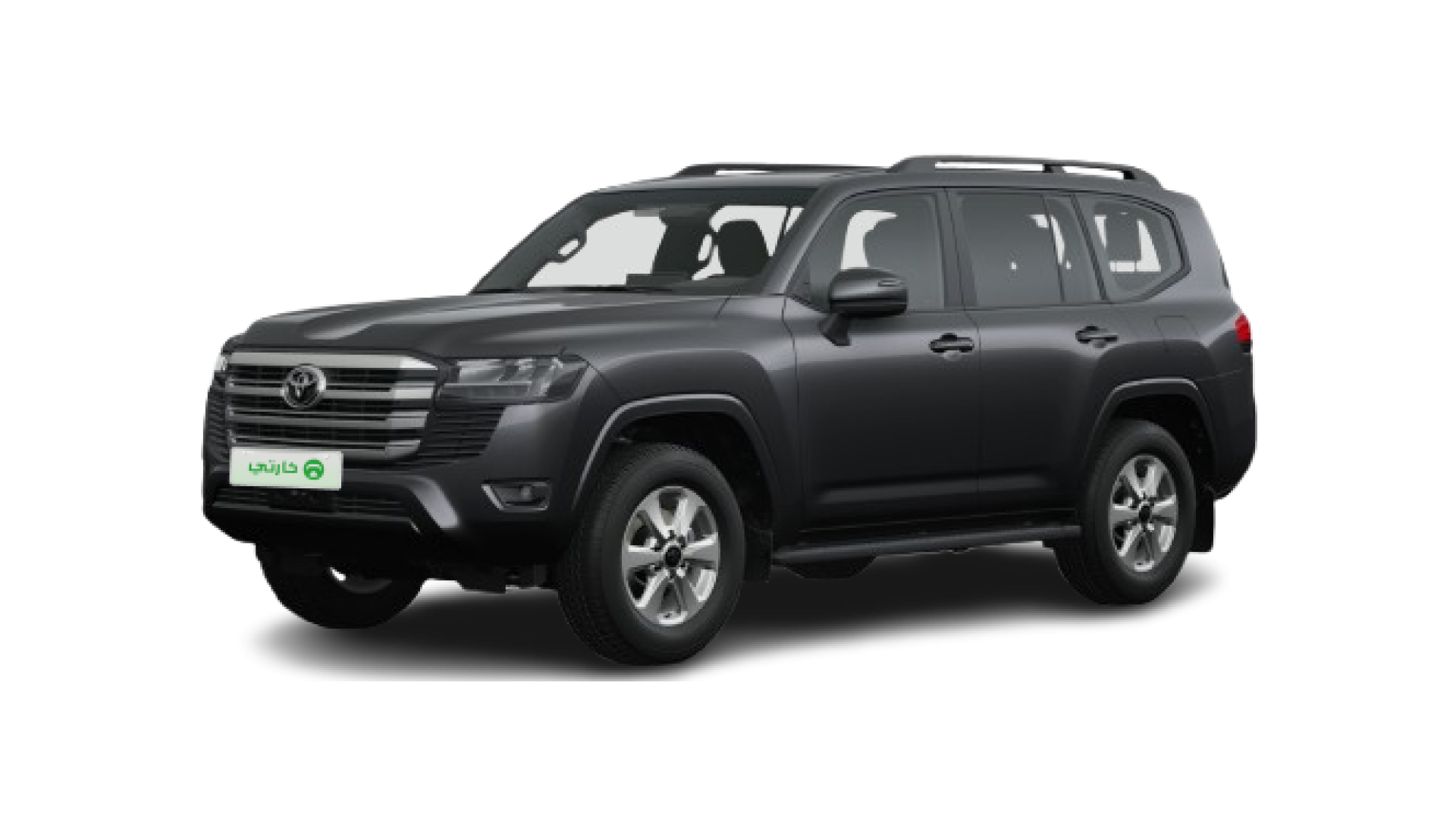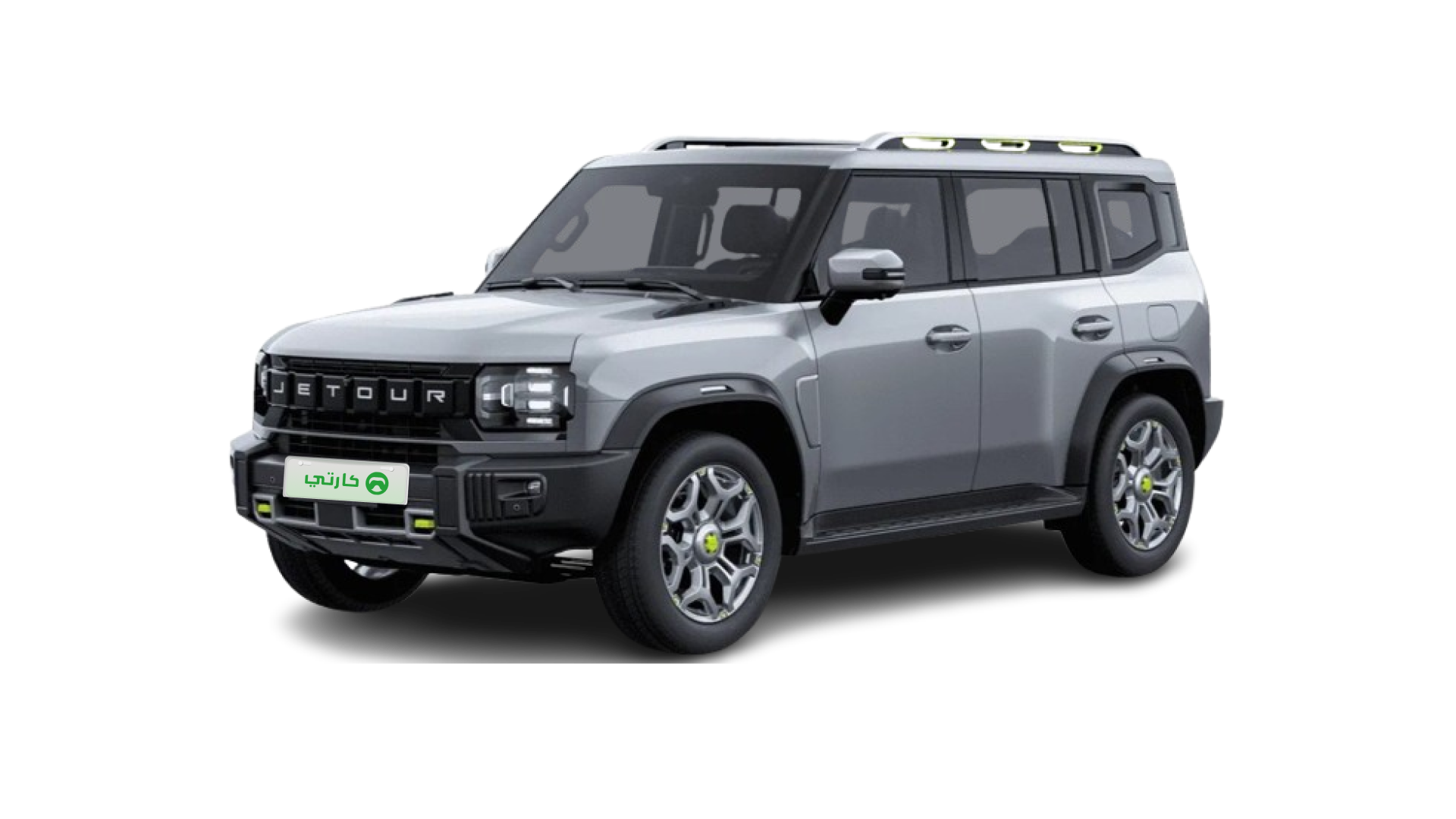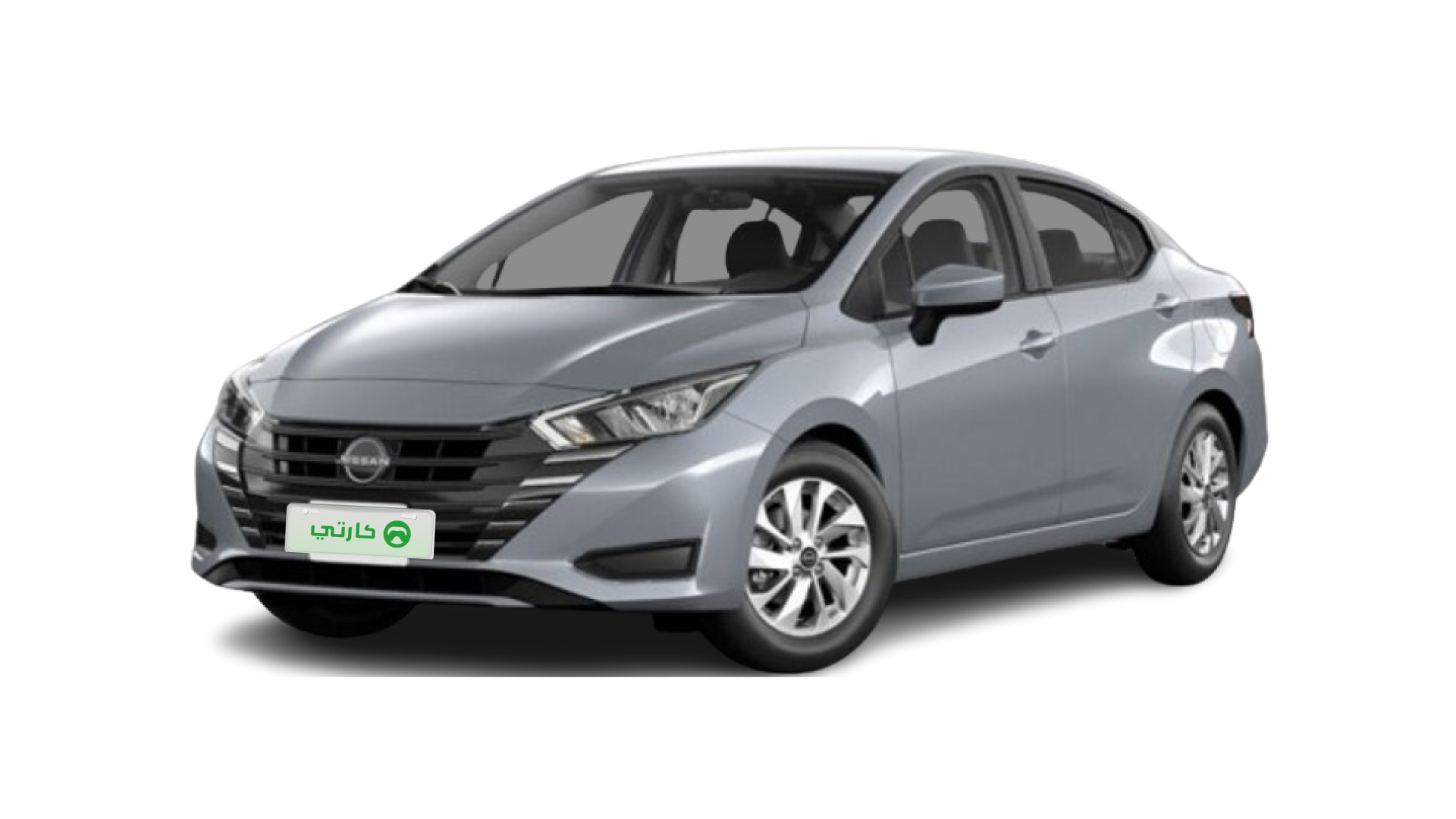Looking for the perfect SUV for your Gulf adventures? In this guide, we compare the Honda Pilot vs Toyota Prado to help you make an informed decision for 2025. If you’re torn between these two, read on to discover which model fits your lifestyle best.
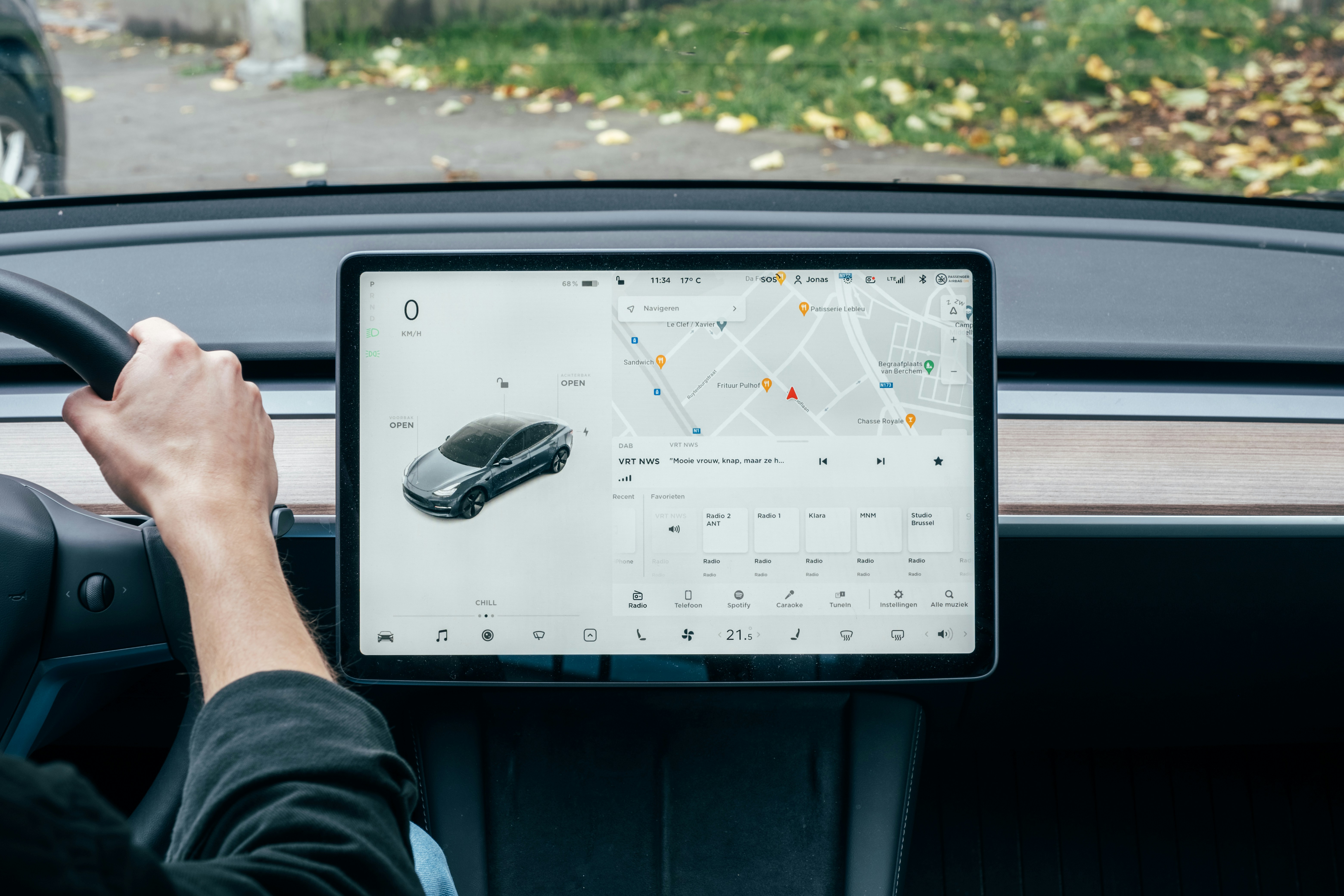
Which SUV Should You Choose in 2025?
When you’re driving in the Gulf, your SUV must cope with extreme heat, sandy tracks, and long family trips. You need a vehicle that combines power, reliability, and efficiency. Here are the key decision factors you should consider:
Robust fuel efficiency under extreme heat conditions
Reliable dune driving capabilities for off-road adventures
Spacious and family-friendly cabin design
Affordable 5-year maintenance and ownership costs
Strong resale value in the GCC market
Quick Comparison Table
Feature | Honda Pilot EX-L | Toyota Prado TX-L |
|---|---|---|
Fuel Economy (L/100km) | 9.8 | 11.2 |
3rd Row Legroom | 84 cm | 79 cm |
Towing Capacity | 2,268 kg | 3,000 kg |
Base Price (AED/SAR) | 185,000 AED / SAR | 210,000 AED / SAR |
Warranty Period | 5 years/100k km | 3 years/100k km |
Performance & Daily Driving
Step into the realm of daily driving where engine performance is paramount. The 2025 Honda Pilot sports a 3.5L V6 engine with 285 HP and cylinder deactivation technology that helps save fuel without compromising on power. In contrast, the Toyota Prado comes with a 2.8L turbo-diesel engine that delivers a robust 450Nm of torque, perfectly suited for heavy loads and rigorous desert conditions.
Fuel Efficiency in Urban Conditions
For busy city commutes in places like Dubai, consider these observations:
The Pilot averages 12.3L/100km, making it a cost-effective option during stop-and-go traffic.
The Prado, when equipped with maximum AC usage, uses about 14.1L/100km.
Keep an eye on emerging hybrid options, with the Pilot Hybrid expected later in Q3 2025.
Family-Friendly Features
A spacious, comfortable cabin makes every journey delightful. Both models are designed with the family in mind, but subtle differences can influence your decision if cabin comfort is a priority.
Cabin Comfort Comparison
Feature | Pilot EX-L | Prado TX-L |
|---|---|---|
USB Ports | 7 | 4 |
AC Zones | 3 distinct zones | 2 zones |
Window Sunshades | Rear and Side | Basic setup |
Storage Cubes | 12 easy-access | 8 compartments |
Child Safety Features
Safety is not just an option—it’s essential. Both SUVs equip you with ISOFIX anchors, rear door child locks, and emergency braking assist for your little ones. The Pilot further raises the bar with a rear seat reminder system and a comprehensive 360° camera view, ensuring you never miss a detail.

Off-Road Capabilities
Imagine navigating soft sands and gravelly desert tracks with confidence. Both the Honda Pilot and Toyota Prado are equipped to handle the unique off-road demands of the Gulf region.
Dune Driving Performance
Terrain Type | Pilot (AWD) | Prado (4x4) |
|---|---|---|
Soft Sand | ★★★☆ | ★★★★☆ |
Gravel Roads | ★★★★ | ★★★★ |
Wadi Crossings (cm) | 50 cm | 70 cm |
Hill Descent Control | Standard | Enhanced |
Maintenance After Desert Driving
After a long day driving through the desert, maintenance is key. The Honda Pilot may require more frequent air filter changes (every 5,000 km) to stay optimal. The Toyota Prado offers standard underbody protection, but both models benefit from specialized sand-proof brake servicing. These upkeep routines help maintain peak performance in the challenging Gulf environment.
Ownership Costs Analysis
You’re not just investing in performance but also long-term value. The 5-year cost projections for both models allow you to gauge the economic impact over time.
5-Year Cost Projections (AED/SAR)
Expense Type | Pilot | Prado |
|---|---|---|
Fuel | 52,000 AED | 68,000 AED |
Insurance | 22,500 AED | 28,000 AED |
Scheduled Service | 15,000 AED | 18,500 AED |
Depreciation | 65,000 AED | 55,000 AED |
Resale Value Trends
In the GCC market, resale matters. Recent trends indicate that 2020 models of the Pilot retain roughly 58% of their value whereas Prado models hold about 65%. Projections for 2025 reveal a slight increase in this gap, suggesting that the Prado might offer better long-term investment returns in terms of resale.
Technology & Connectivity
Modern SUVs must keep you connected and safe on every journey. The infotainment systems in both models have been designed with user-friendly interfaces.
Infotainment Systems
The Honda Pilot boasts a large 10.2-inch touchscreen that supports wireless Android Auto and Apple CarPlay, providing seamless connectivity wherever you go.
The Toyota Prado features a 9-inch display with wired connectivity, ensuring essential functions are easily accessible.
Both setups include Arabic voice commands, catering effectively to Gulf drivers.
Driver Assistance Features
These vehicles also come equipped with advanced driver assistance systems:
Shared features include adaptive cruise control, lane keeping assist, and automatic high beams.
The Pilot stands out with additional safety features like rear cross traffic braking and a digital rearview mirror.
The Prado offers unique capabilities such as a multi-terrain monitor and a crawl control system, enhancing confidence on difficult off-road paths.
FAQ
Q1:How do the Honda Pilot and Toyota Prado compare in off-road performance for desert driving?
Both SUVs deliver commendable off-road capabilities. The Toyota Prado, with its enhanced 4x4 system, handles dune driving with a slightly higher rating on soft sands and steeper wadi crossings. The Honda Pilot, while offering a reliable AWD option, is more suited to urban and light off-road conditions. Consider your typical driving terrain when choosing between them, as the Prado might edge out in rigorous desert performance. Regular maintenance is recommended for both to ensure long-term durability in the Gulf environment.
Q2:What are the key differences in family-friendly features between the two models?
The Honda Pilot provides a more spacious cabin with additional USB ports and multiple AC zones, ensuring every family member stays comfortable. In contrast, the Toyota Prado has fewer connectivity options but still offers sufficient space and safety features. The Pilot also integrates extra child safety technologies such as a rear seat reminder system and a 360° camera view. Evaluate your family’s specific needs, such as storage and climate control, when making your selection.

Q3:How do the long-term ownership costs compare between the Honda Pilot and Toyota Prado in the GCC market?
Over a period of five years, the Honda Pilot may have lower fuel and service expenses due to its efficient engine technologies. However, the Toyota Prado tends to retain a higher resale value based on current UAE market trends. Insurance and scheduled service costs are relatively balanced between the two. Your decision should factor in initial costs, maintenance routines, and eventual resale value, which are all crucial in the Gulf market. It’s important to perform a detailed cost analysis based on your driving habits and local conditions.
Q4:What technological features set these SUVs apart in terms of connectivity and driver assistance?
The Honda Pilot is equipped with a larger touchscreen that supports wireless integration for Android Auto and Apple CarPlay, making it ideal for drivers who value seamless connectivity. Alternatively, the Toyota Prado offers a dependable wired system paired with advanced off-road monitoring tools like multi-terrain monitors and crawl control. Both models provide essential driver assistance features such as adaptive cruise control and lane keep assist. Choosing between them may depend on whether you prioritize tech innovations or rugged off-road capabilities.
This article is for reference only. Please refer to local regulations for the most up-to-date legal guidelines.
Read More:
How Long Do Car Batteries Last in 2025? 9 Essential Facts
What Is a Station Wagon Car? 2025's Smart Family Vehicle Explained
4 pics

Abdul Rahman is an avid car enthusiast with over a decade of self-driving travel experience. He loves hitting the road in various vehicles, exploring different landscapes. Besides, he enjoys sharing practical knowledge about car usage, helping fellow drivers solve problems and make the most of their rides.
